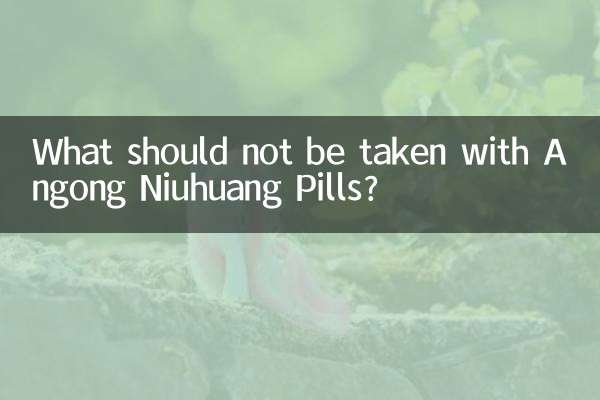What antibiotics should be taken for epididymitis?
Epididymitis is a common disease of the male reproductive system, usually caused by bacterial infection. Choosing the appropriate antibiotic is key to treatment. This article will combine the hot topics and hot content on the Internet in the past 10 days to provide you with antibiotic treatment options for epididymitis and present relevant information in structured data.
1. Common causes of epididymitis

Epididymitis is often caused by bacterial infection. Common pathogens include:
| Pathogen type | Proportion | Common antibiotic choices |
|---|---|---|
| E. coli | About 60-70% | Quinolones, third-generation cephalosporins |
| Chlamydia | About 15-20% | Tetracyclines, macrolides |
| Neisseria gonorrhoeae | About 10-15% | Ceftriaxone, spectinomycin |
2. Commonly used clinical antibiotic regimens
Based on the latest clinical guidelines and physician recommendations, the following are commonly used antibiotic treatment options:
| Antibiotic category | Representative medicine | Usage and dosage | Course of treatment | Applicable people |
|---|---|---|---|---|
| Quinolones | Levofloxacin | 500mg/day, orally | 10-14 days | General adult patients |
| third generation cephalosporins | ceftriaxone | 1g/day, intramuscular injection | 7-10 days | Suspected gonococcal infection |
| macrolides | Azithromycin | 1g single oral administration | Single or 5 days | Chlamydia infection |
| Tetracyclines | doxycycline | 100mg bid, oral | 10-14 days | Chlamydia infection |
3. Medication precautions for special groups
Different groups of people need to pay special attention when choosing antibiotics:
| Crowd type | Recommended medicine | Things to note |
|---|---|---|
| teenager | Cephalosporins, macrolides | Prevent quinolones from affecting bone development |
| pregnant woman | Azithromycin, cephalosporins | Tetracyclines and quinolones are prohibited |
| renal insufficiency | Adjust dose or choose drugs that do not depend on renal excretion | Dosage needs to be adjusted based on GFR |
4. Frequently Asked Questions about Antibiotic Use
1.antibiotic resistance: In recent years, the problem of drug resistance of epididymitis pathogens has become increasingly prominent. Clinical data shows that the resistance rate of E. coli to quinolones in some areas has reached 40-50%.
2.Combination medication: For patients with suspected mixed infection or severe disease, doctors may recommend a combined medication regimen, such as ceftriaxone + doxycycline.
3.treatment failure management: If symptoms do not improve within 72 hours, it is necessary to consider adjusting the antibiotic regimen or further examination.
5. Adjuvant treatment suggestions
In addition to antibiotic treatment, patients should also note:
1. Rest in bed and elevate the scrotum
2. Apply ice packs to relieve swelling and pain
3. Avoid sex and strenuous exercise
4. Drink more water to keep the urinary tract clear
6. Preventive measures
1. Pay attention to personal hygiene, especially sexual hygiene
2. Treat urinary tract infections and prostatitis promptly
3. Avoid holding urine for a long time
4. Practice safe sex and use condoms
Summary: Antibiotic treatment for epididymitis needs to be individually selected based on the type of pathogen, patient condition, and local resistance. It is recommended to use medication in a standardized manner under the guidance of a doctor and complete the entire course of treatment to avoid discontinuation of medication on your own, which may lead to recurrence or drug resistance. If symptoms persist or worsen, you should seek medical attention promptly for review.

check the details

check the details